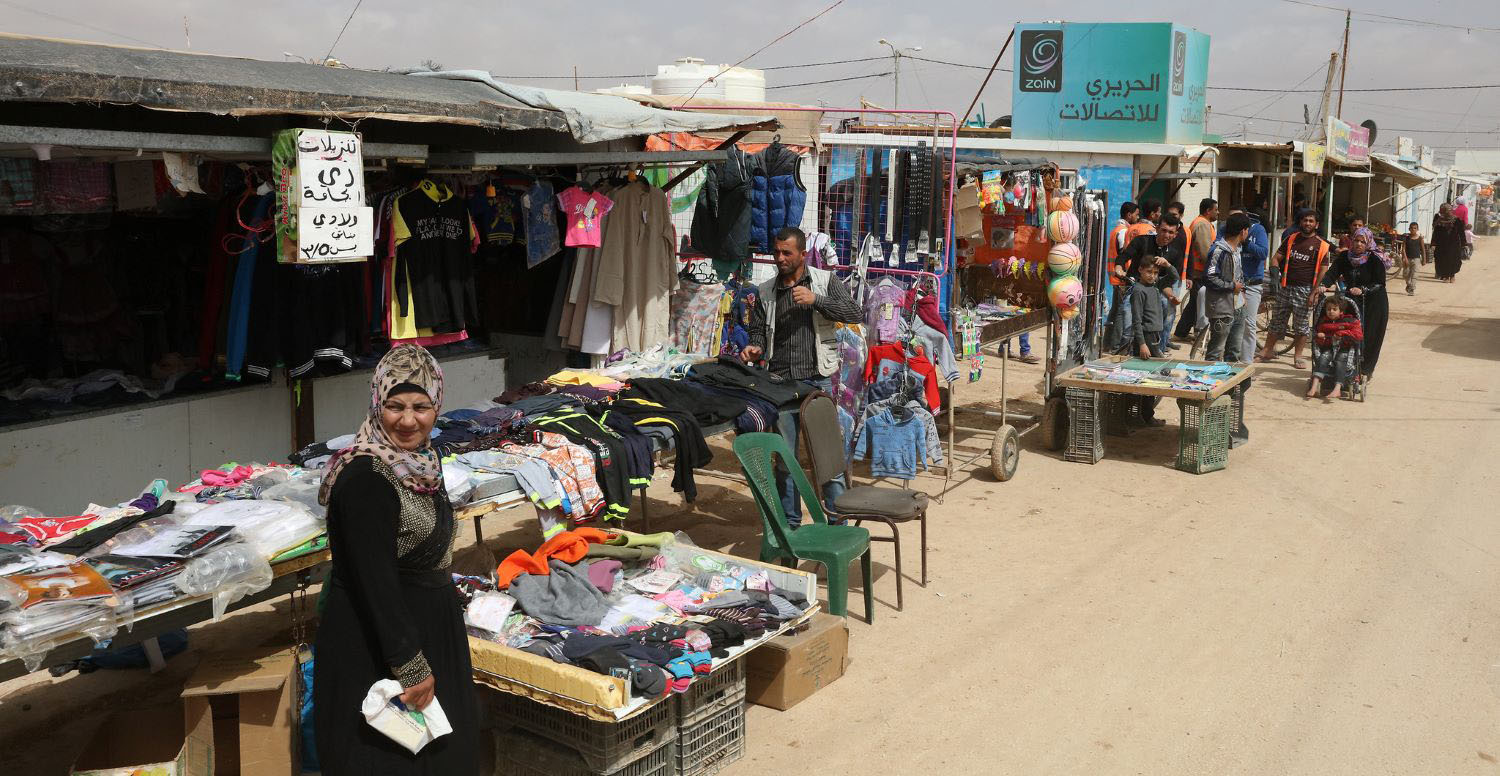Our last post explained the harmful false dichotomy assumed between economic migrants and bona fide refugees. Would you believe us if we told you approximately half of those granted asylum in the EU qualified for other reasons from the formal 1951 Geneva Refugee Convention definition of a “well-founded fear of persecution”? It turns out to be true.
The details of refugee status determination are little noticed, but it turns out that international protection can also be granted through “subsidiary” and “humanitarian” designations. Formally recognized refugees are judged to be facing the “well-founded fear of being persecuted for reasons of race, religion, nationality, political opinion, or membership of a particular social group” mentioned above, and for these reasons is unwilling or unable to return to their home country. Subsidiary protection applies to those who do not qualify as refugees but would “face a real risk of suffering serious harm” if returned to their country of origin. Humanitarian status relies on other international refugee or human rights instruments to protect individuals such as the terminally ill or unaccompanied minors.
Both refugee and subsidiary protection status are defined by EU law; but humanitarian designations are specific to individual countries. The graph below depicts trends in status designations (data from Eurostat).
How do individual countries balance these different designations?
The cross-country variance is striking, with Geneva Convention status granted to 97 percent of applicants in Germany but only 6 percent in Slovakia. It is hard to imagine these differences being driven by characteristics of asylum-seekers themselves. Rather, individual countries likely exhibit different policy preferences. The EU’s recently proposed revisions to the Common European Asylum System aim to harmonize the standards and recognition rates for asylum-seekers across member states. This stance is encouraging in principle, though it remains uncertain whether Member States will agree to such a plan. In addition, we take issue with the strategy’s stated aim to deter “asylum shopping” rather than expand international protection for those in need.
We currently face difficult political times with states shirking even minimum humanitarian commitments. However, we are encouraged by UNHCR’s recognition that not all individuals who deserve international protection face targeted persecution. For example, last month’s revision to the asylum eligibility guidelines for Afghanistan asserts, “those who are found not to meet the refugee criteria of the 1951 Convention may be eligible for international protection under UNHCR’s broader mandate on the grounds of serious threats to life, physical integrity or freedom resulting from generalized violence or events seriously disturbing public order.”
The presence of these legal protection instruments raises an intriguing question for us. As we have previously discussed, the numbers of survival migrants (e.g., those who according to University of Oxford’s Alexander Betts “cannot achieve basic conditions for life and dignity in their country of origin,” but fall outside the 1951 Convention) have grown over recent years. Therefore, we strongly believe that the humanitarian community must be prepared to accommodate a broader demographic of people in need of protection. Refugee rights advocates fear that this is a zero-sum game; that is, granting protected status to people who do not fit the very specific definition of a refugee will undermine the latter’s rights. If the public feels that the definition of refugee has been diluted, they may turn their back on the whole system. We disagree. Rather than to cordon off the individuals who qualify in the traditional sense, the system should accommodate other survival migrants.
Migrants granted subsidiary protection are often accorded fewer rights than those receiving full refugee status (e.g., a more limited right to family reunification). This is far from ideal; however, any form of protection is far superior to facing deportation to a conflict-torn home or attempting to remain in Europe irregularly.
Though the concept of survival migration does not yet have a legal basis, the existing framework of subsidiary and humanitarian protection could be a good place to start implementing its principles. Without degrading the standards applied to bona fide refugees, states could and should strengthen and expand existing legal mechanisms to address the needs of all people forced to move from their homes.
Disclaimer
CGD blog posts reflect the views of the authors, drawing on prior research and experience in their areas of expertise. CGD is a nonpartisan, independent organization and does not take institutional positions.





